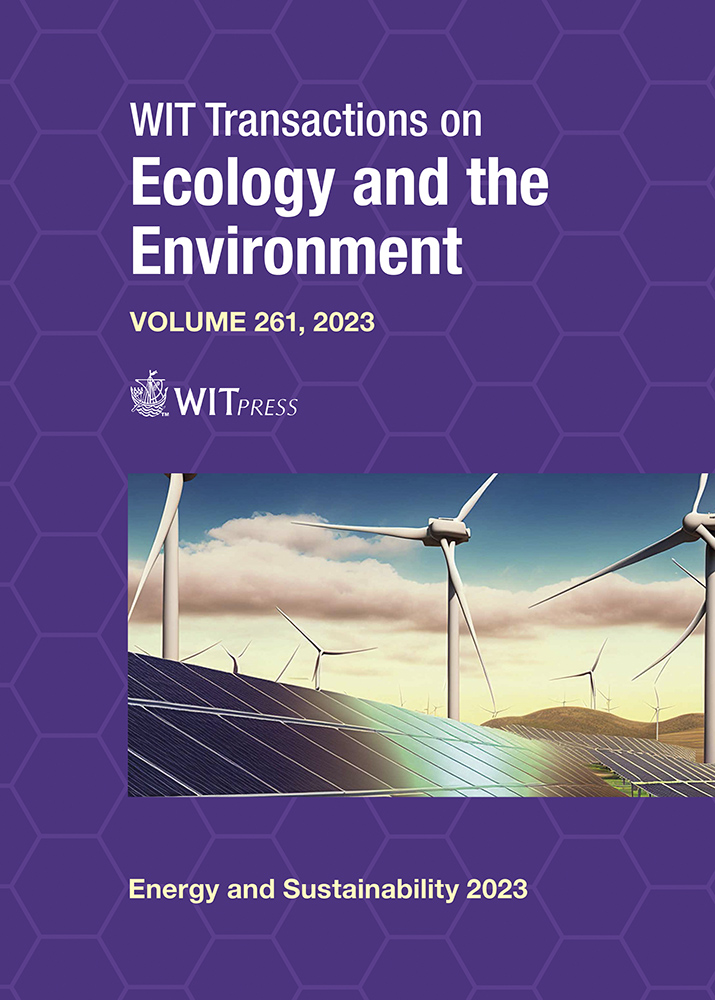TECHNOLOGICAL AND ENERGY CHALLENGES IN THE MOST VULNERABLE COMMUNITIES: A STUDY IN THE STATE OF CHIHUAHUA, MEXICO
Price
Free (open access)
Transaction
Volume
261
Pages
12
Page Range
165 - 176
Published
2023
Paper DOI
10.2495/ESUS230141
Copyright
Author(s)
EMANUELE GIORGI, CAMILO LOZOYA
Abstract
Based on the assumption that the technological system is assuming a leading role as a driver of socioenvironmental development for contemporary societies, the ‘Design for Vulnerables – Technology Challenge’ research project aims to define strategies to facilitate the adaptation of technological devices in the most vulnerable communities, with the aim of overcoming the socio-environmental threats that contribute to creating situations of vulnerabilities. Defining the most appropriate methodologies to encourage technology adaptation to reduce vulnerabilities remains one of the main challenges for architecture and urban planning. The ‘Design for Vulnerables – Technology Challenge’ research project works with multidisciplinary approaches; there are seven disciplines involved in four communities of the state of Chihuahua, Mexico: Paso del Norte, Chihuahua (urban); Nuevas Delicias, Chihuahua (periurban); La Regina, Julimes (rural) and Basaseachic, Ocampo (forestry). With the goal to understand methodologies for technology adaptation and to reduce vulnerabilities, the research group is implementing (together with the residents) tech-based interventions, studying their adaption and evaluating their impact on the built environment. The aim of this article is to: (1) describe the analysis and planning processes conducted with vulnerable communities; (2) describe the projects defined by the communities during the participatory planning process and their relationship with the context; (3) analyse the characteristics of these projects; and (4) observe how these characteristics are related to the technological appropriation and energy limitations of the studied contexts. In the four communities, six ‘hub-oriented’ and ‘tech-based’ projects have been defined together with the residents. All of them had to face energy challenges, trying to demonstrate the possibility of independency and replicability of the projects.
Keywords
architectural design, urban design, vulnerable communities, design for vulnerables, Mexico, technology adaptation, technology and vulnerabilities





